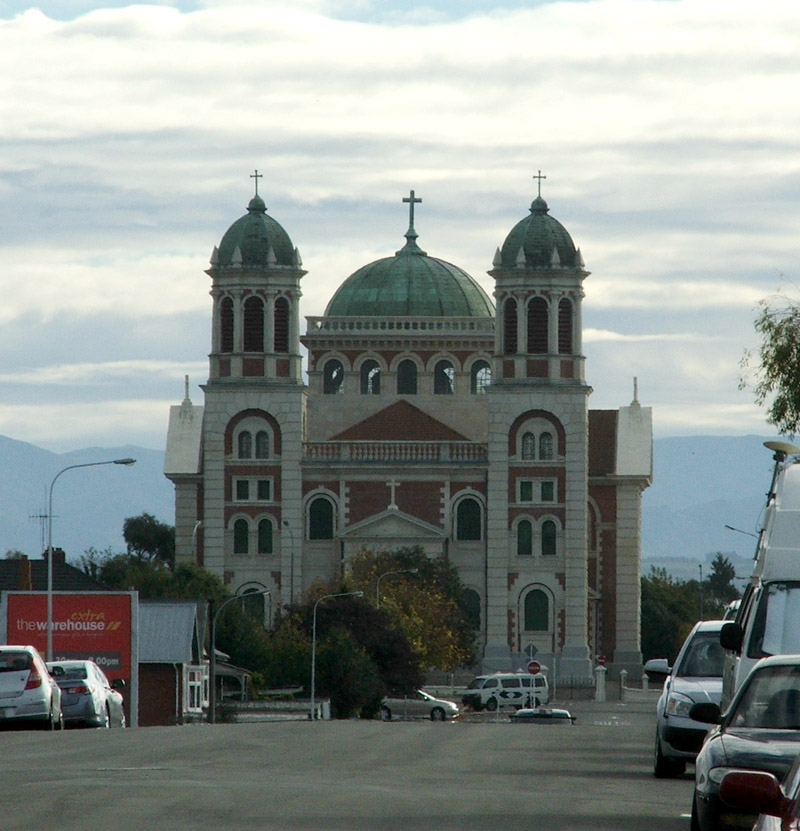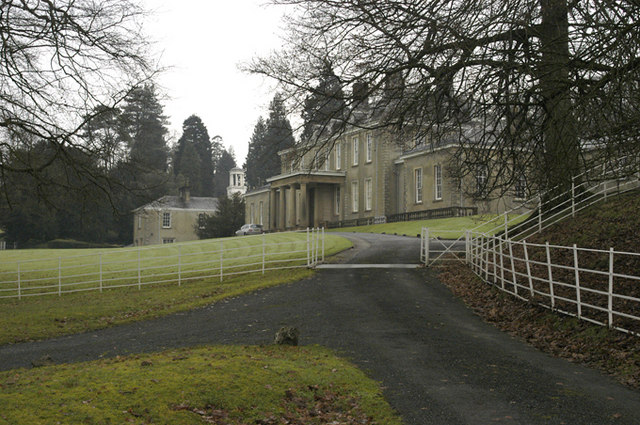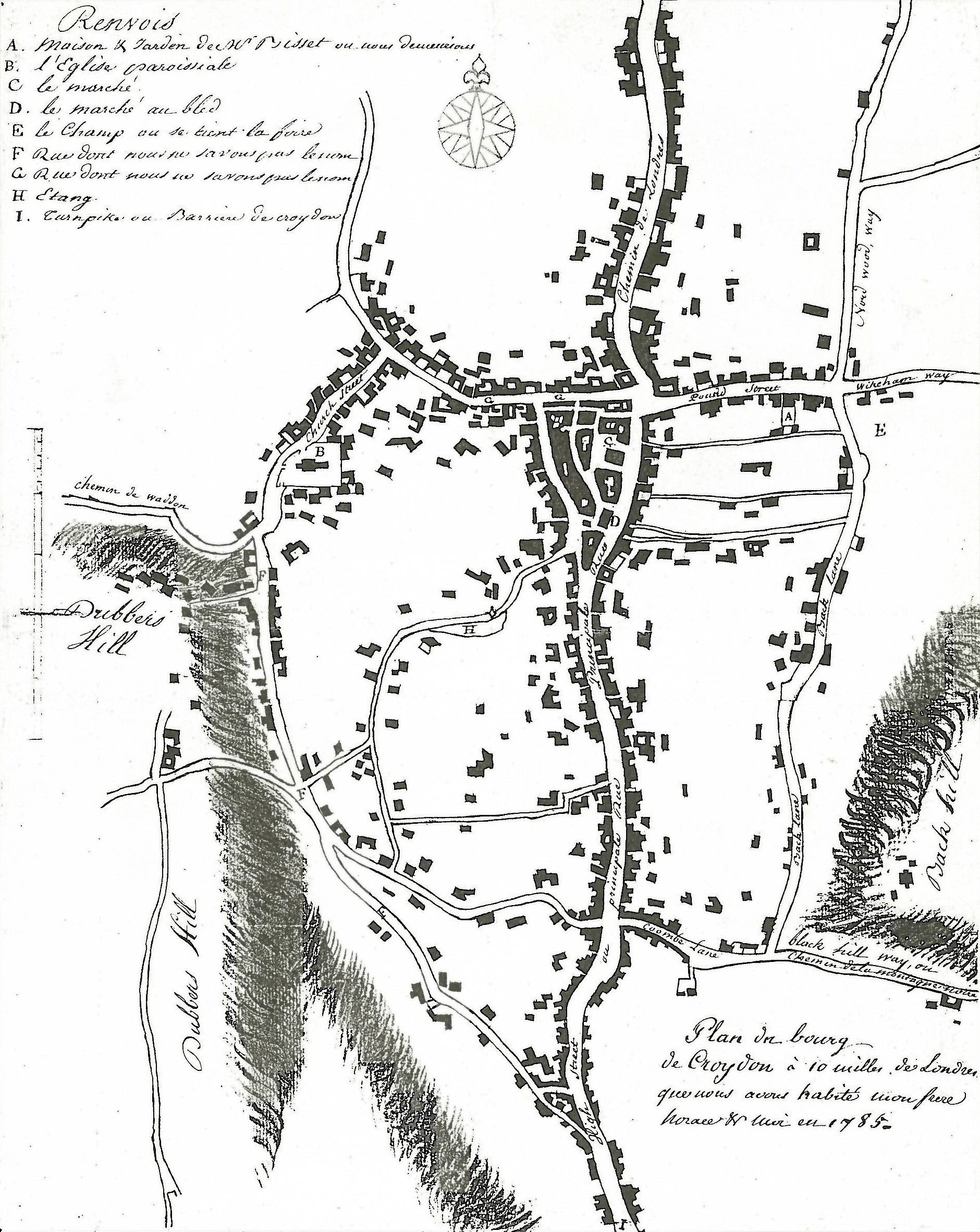|
Thomas Southey Baker
Thomas Southey Baker (29 June 1848 – 24 June 1902) was an amateur sportsman who was on the winning crew that won The Boat Race in 1869 and played for England in the fourth unofficial football match against Scotland in November 1871. He subsequently became a teacher at Dunedin in New Zealand. He was the father of Eleanor Southey Baker McLaglan, a pioneering surgeon in New Zealand. Early life and education Baker was born in Droxford, Hampshire, the son of Dr Thomas Baker and his wife, Sophia Jane Southey. Baker attended Lancing College between 1861 and 1867, where he played both football and cricket for the school. He was considered the "outstanding athlete of his generation" at Lancing College and his sporting abilities resulted in him twice being crowned '' victor ludorum'' by the college. In 1867, Baker went up to Queen's College, Oxford. At Oxford, he rowed three times in The Boat Race against Cambridge, being on the winning side in 1869 and losing in 1870 and 1871, and a ... [...More Info...] [...Related Items...] OR: [Wikipedia] [Google] [Baidu] |
The Boat Race
The Boat Race is an annual set of rowing races between the Cambridge University Boat Club and the Oxford University Boat Club, traditionally rowed between open-weight eights on the River Thames in London, England. There are separate men's and women's races, as well as races for reserve crews. It is also known as the University Boat Race and the Oxford and Cambridge Boat Race. The men's race was first held in 1829 and has been held annually since 1856, except during the First and Second World Wars (although unofficial races were conducted) and the COVID-19 pandemic in 2020. The first women's event was in 1927 and the race has been held annually since 1964. Since 2015, the women's race has taken place on the same day and course, and since 2018 the combined event of the two races has been referred to as the Boat Race. The Championship Course has hosted the vast majority of the races. It covers a stretch of the Thames in West London, from Putney to Mortlake. Other locati ... [...More Info...] [...Related Items...] OR: [Wikipedia] [Google] [Baidu] |
Jarvis Kenrick
Jarvis Kenrick (13 November 1852 – 29 January 1949) was an English footballer. Career Born in Chichester, Sussex, Kenrick scored the first ever goal in the FA Cup, for Clapham Rovers in a 3–0 victory over Upton Park on 11 November 1871. Kenrick scored two goals in the match. He later won the FA Cup three years running with Wanderers, scoring in two consecutive finals; the FA Cup Final 1877, and again the following year, in which he scored twice. Kenrick joined Wanderers in 1874, making his debut in a 2–1 win against Uxbridge on 14 January 1874. Kenrick scored his first, and only, hat-trick for the club in January 1875 against Harrow Chequers. In late 1875, Kenrick succeed Charles W. Alcock as the secretary as Wanderers. Kenrick scored 20 goals in 51 games for the club, ranking him fourth on the club's all-time record scorers list. On 18 November 1871, Kenrick played for an England representative side against Scotland after Thomas Hooman dropped out. Personal life ... [...More Info...] [...Related Items...] OR: [Wikipedia] [Google] [Baidu] |
First-class Cricket
First-class cricket, along with List A cricket and Twenty20 cricket, is one of the highest-standard forms of cricket. A first-class match is one of three or more days' scheduled duration between two sides of eleven players each and is officially adjudged to be worthy of the status by virtue of the standard of the competing teams. Matches must allow for the teams to play two innings each, although in practice a team might play only one innings or none at all. The etymology of "first-class cricket" is unknown, but it was used loosely before it acquired official status in 1895, following a meeting of leading English clubs. At a meeting of the Imperial Cricket Conference (ICC) in 1947, it was formally defined on a global basis. A significant omission of the ICC ruling was any attempt to define first-class cricket retrospectively. That has left historians, and especially statisticians, with the problem of how to categorise earlier matches, especially those played in Great Britain be ... [...More Info...] [...Related Items...] OR: [Wikipedia] [Google] [Baidu] |
Canterbury Cricket Team
Canterbury is a first-class cricket team based in Canterbury, New Zealand. It is one of six teams that compete in senior New Zealand Cricket competitions and has been the second most successful domestic team in New Zealand history. They compete in the Plunket Shield first-class competition and The Ford Trophy List A cricket, one day competition as well as in the Men's Super Smash competition as the Canterbury Kings. Honours * Plunket Shield (19) :1922–23, 1930–31, 1934–35, 1945–46, 1948–49, 1951–52, 1955–56, 1959–60, 1964–65, 1975–76, 1983–84, 1993–94, 1996–97, 1997–98, 2007–08, 2010–11 Plunket Shield season, 2010–11, 2013–14 Plunket Shield season, 2013–14, 2014–15 Plunket Shield Season, 2014–15, 2016–17 Plunket Shield season, 2016–17, 2020–21 Plunket Shield season, 2020–21 * The Ford Trophy (15) :1971–72, 1975–76, 1976–77, 1977–78, 1985–86, 1991–92, 1992–93, 1993–94, 1995–96, 1996–97, 1998–99, 1999–00, ... [...More Info...] [...Related Items...] OR: [Wikipedia] [Google] [Baidu] |
Timaru
Timaru (; mi, Te Tihi-o-Maru) is a port city in the southern Canterbury Region of New Zealand, located southwest of Christchurch and about northeast of Dunedin on the eastern Pacific coast of the South Island. The Timaru urban area is home to people, and is the largest urban area in South Canterbury, and the second largest in the Canterbury Region overall, after Christchurch. The town is the seat of the Timaru District, which includes the surrounding rural area and the towns of Geraldine, Pleasant Point and Temuka, which combined have a total population of . Caroline Bay beach is a popular recreational area located close to Timaru's main centre, just to the north of the substantial port facilities. Beyond Caroline Bay, the industrial suburb of Washdyke is at a major junction with State Highway 8, the main route into the Mackenzie Country. This provides a road link to Pleasant Point, Fairlie, Twizel, Lake Tekapo, Aoraki / Mount Cook and Queenstown. Timaru has been built ... [...More Info...] [...Related Items...] OR: [Wikipedia] [Google] [Baidu] |
Christchurch
Christchurch ( ; mi, Ōtautahi) is the largest city in the South Island of New Zealand and the seat of the Canterbury Region. Christchurch lies on the South Island's east coast, just north of Banks Peninsula on Pegasus Bay. The Avon River / Ōtākaro flows through the centre of the city, with an urban park along its banks. The city's territorial authority population is people, and includes a number of smaller urban areas as well as rural areas. The population of the urban area is people. Christchurch is the second-largest city by urban area population in New Zealand, after Auckland. It is the major urban area of an emerging sub-region known informally as Greater Christchurch. Notable smaller urban areas within this sub-region include Rangiora and Kaiapoi in Waimakariri District, north of the Waimakariri River, and Rolleston and Lincoln in Selwyn District to the south. The first inhabitants migrated to the area sometime between 1000 and 1250 AD. They hunted moa, which led ... [...More Info...] [...Related Items...] OR: [Wikipedia] [Google] [Baidu] |
Akaroa
Akaroa is a small town on Banks Peninsula in the Canterbury Region of the South Island of New Zealand, situated within a harbour of the same name. The name Akaroa is Kāi Tahu Māori for "Long Harbour", which would be spelled in standard Māori. The area was also named ''Port Louis-Philippe'' by French settlers after the reigning French king Louis Philippe I. The town is by road from Christchurch and is the terminus of State Highway 75. It is set on a sheltered harbour and is overlooked and surrounded by the remnants of a miocene volcano. Akaroa is entirely dependent upon rainfall on the hills. Akaroa is a popular resort town. Many Hector's dolphins may be found within the harbour, and 'swim with the dolphins' boat tours are a major tourist attraction. Ōnuku marae, a (tribal meeting ground) of Ngāi Tahu and its Ōnuku Rūnanga branch, is located in Akaroa. It includes the Karaweko (meeting house). History In 1830, the Māori settlement at Takapūneke, just east ... [...More Info...] [...Related Items...] OR: [Wikipedia] [Google] [Baidu] |
Flax In New Zealand
New Zealand flax describes the common New Zealand perennial plants ''Phormium tenax'' and ''Phormium colensoi'', known by the Māori names ''harakeke'' and ''wharariki'' respectively. Although given the common name 'flax' they are quite distinct from the Northern Hemisphere plant known as flax (''Linum usitatissimum''). ''P. tenax'' occurs naturally in New Zealand and Norfolk Island, while ''P. colensoi'' is endemic to New Zealand. They have played an important part in the cultural and economic history of New Zealand for both the Māori people and the later European settlers. Both species and their cultivars have now been widely distributed to temperate regions of the world as ornamental garden plants – and to lesser extent for fibre production. __TOC__ Traditional Māori uses Textiles Although the Māori made textiles from a number of other plants, including tī kōuka, tōī, pingao, kiekie, toetoe and the paper mulberry, the use of harakeke and wharariki was pre ... [...More Info...] [...Related Items...] OR: [Wikipedia] [Google] [Baidu] |
Jury Rig
In maritime transport terms, and most commonly in sailing, jury-rigged is an adjective, a noun, and a verb. It can describe the actions of temporary makeshift running repairs made with only the tools and materials on board; and the subsequent results thereof. The origin of jury-rigged and jury-rigging lies in such efforts done on boats and ships, characteristically sail powered to begin with. Jury-rigging can be applied to any part of a ship; be it its super-structure ( hull, decks), propulsion systems ( mast, sails, rigging, engine, transmission, propeller), or controls (helm, rudder, centreboard, daggerboards, rigging). Similarly, after a dismasting, a replacement mast, often referred to as a jury mast (and if necessary, yard) would be fashioned, and stayed to allow a watercraft to resume making way. Etymology The phrase 'jury-rigged' has been in use since at least 1788. The adjectival use of 'jury', in the sense of makeshift or temporary, has been said to date fro ... [...More Info...] [...Related Items...] OR: [Wikipedia] [Google] [Baidu] |
Port Chalmers
Port Chalmers is a town serving as the main port of the city of Dunedin, New Zealand. Port Chalmers lies ten kilometres inside Otago Harbour, some 15 kilometres northeast of Dunedin's city centre. History Early Māori settlement The original Māori name for Port Chalmers was or , which may have indicated the hill where the , or altar, was sited. is a later name meaning ‘full tide’ and refers to an incident in which a group of warriors decided to spend the night in a cave that once existed at what was later known as Boiler Point and pulled their canoes well above the high tide mark. Overnight the tide rose and beached canoes were set adrift. As some of them swam out to reclaim the canoes those onshore cried out “Koputai!, Koputai!”Bowman, pp. 1, 4, 8–10, 19, 20, 28, 70–71, 98–109, 156–166, 168, 169, 173–175, 177. When a peace was made between Kāti Māmoe and Kāi Tahu, about 1780, Koputai was one of two southern terminuses of Kāi Tahu territory. The ch ... [...More Info...] [...Related Items...] OR: [Wikipedia] [Google] [Baidu] |
Dallam Tower
Dallam Tower is a grade I listed country house in Beetham parish, near Milnthorpe, South Lakeland, Cumbria, England. It is a member of the Historic Houses Association but is not open to the public except for occasional charity events, visits to the garden through the National Garden Scheme, and as a wedding venue. The house is described as "Early C18 with C17 core, remodelled early C19" and has rainwater pipes dated 1722; its interiors include panelling by Gillow of Lancaster. It has a deer park of , running down to the River Bela beside the A6 road with a prominent grade II listed 18th-century deer shelter. The shelter was damaged by fire in April 2021. A public road and several public footpaths run through the deer park. It has sometimes been erroneously referred to as Dallam Castle, and an earlier spelling was Dalham Tower. Before local government reorganisation in 1974 Dallam Tower was in the county of Westmorland. History A pele tower was built on the site in about 13 ... [...More Info...] [...Related Items...] OR: [Wikipedia] [Google] [Baidu] |
Croydon
Croydon is a large town in south London, England, south of Charing Cross. Part of the London Borough of Croydon, a local government district of Greater London. It is one of the largest commercial districts in Greater London, with an extensive shopping district and night-time economy. The entire town had a population of 192,064 as of 2011, whilst the wider borough had a population of 384,837. Historically an ancient parish in the Wallington hundred of Surrey, at the time of the Norman conquest of England Croydon had a church, a mill, and around 365 inhabitants, as recorded in the Domesday Book of 1086. Croydon expanded in the Middle Ages as a market town and a centre for charcoal production, leather tanning and brewing. The Surrey Iron Railway from Croydon to Wandsworth opened in 1803 and was an early public railway. Later 19th century railway building facilitated Croydon's growth as a commuter town for London. By the early 20th century, Croydon was an important industria ... [...More Info...] [...Related Items...] OR: [Wikipedia] [Google] [Baidu] |







